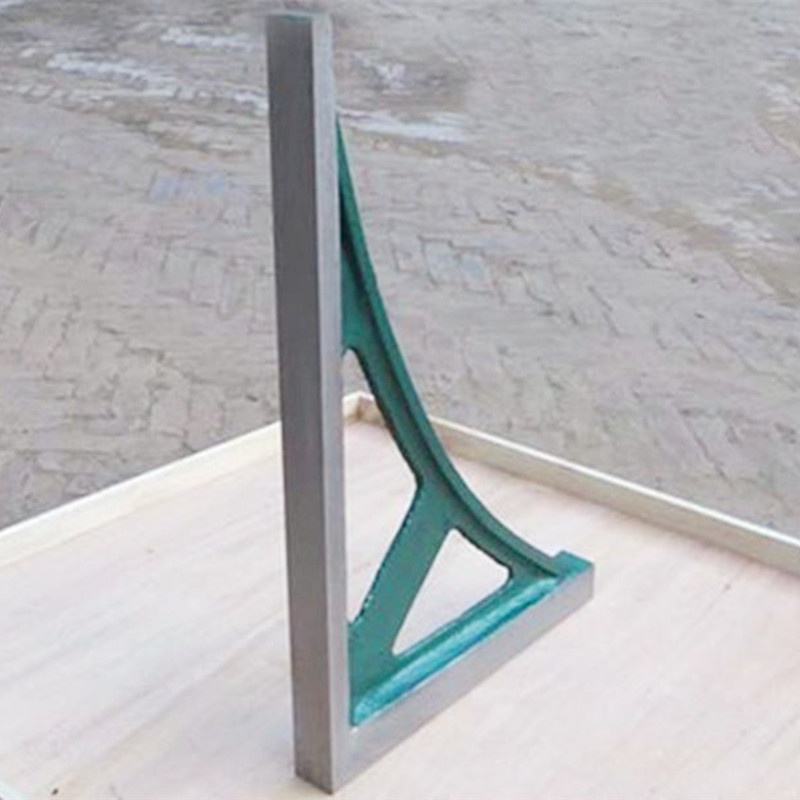Jul . 29, 2024 05:08 Back to list
Understanding the Functionality and Importance of Stop Check Valves in Fluid Control Systems
The Importance and Functionality of Stop Check Valves
In various industrial applications, ensuring the proper flow of liquids and gases is critical to maintaining operational efficiency and safety. Among the essential components used in piping systems are valves, which regulate these flows. One particularly unique valve is the stop check valve, a dual-function device designed to enhance system reliability while preventing backflow.
What is a Stop Check Valve?
A stop check valve is a type of valve that combines the features of both a stop valve and a check valve. Its primary function is to control the flow of fluids in one direction while allowing for the necessary stoppage of flow when required. The valve consists of a body, a disc (or gate), and an actuator, which together work to either block or permit the flow of fluids, thus serving multiple purposes in a piping system.
One of the defining characteristics of stop check valves is their hybrid functionality. They operate similarly to a standard check valve, which normally allows flow in one direction but prevents reverse flow. However, the addition of a stop feature enables operators to manually shut off the flow of fluid whenever needed, offering greater flexibility in managing system operations.
Applications of Stop Check Valves
Stop check valves are widely used across various industries, including water treatment, power generation, and chemical processing. In power plants, for example, these valves are employed to protect pumps from potential damage due to reverse flow, which can occur during sudden changes in pressure or flow rate. In the chemical industry, stop check valves help manage the safe transfer of hazardous materials by preventing backflow that could lead to contamination or spills.
stop check valve

Additionally, these valves are crucial in fire protection systems, where they facilitate the reliable delivery of water to fire suppression systems while ensuring that water cannot flow back into the main supply line. This is especially critical when dealing with potable water systems, where contamination could pose serious health risks.
Advantages and Disadvantages
The inherent benefits of using stop check valves are evident. They provide flexibility by allowing for manual operation, enabling operators to make quick adjustments based on the circumstances. Moreover, their dual functionality contributes to a more compact and efficient piping system by eliminating the need for multiple valves to achieve the same control.
However, despite their advantages, stop check valves come with certain limitations. One significant concern is the potential for valve seat wear due to constant operation and flow turbulence. Regular maintenance is essential to ensure their longevity and reliable performance. Additionally, in some applications, there may be more efficient or specialized valves that offer optimized performance for specific conditions, such as spring-loaded check valves.
Conclusion
In conclusion, stop check valves serve a vital role in industrial piping systems by combining flow control and backflow prevention capabilities. Their versatility makes them suitable for various applications, particularly in industries where safety and efficiency are paramount. While there are challenges associated with their use, the benefits often outweigh the drawbacks, making stop check valves an indispensable component of modern fluid management systems. As industries continue to evolve, the role of innovative valve technologies like the stop check valve will remain critical in ensuring operational success and safety.
-
Why Metric Trapezoidal Thread is Ideal for Precision Motion ControlNewsAug.05,2025
-
The Unique Properties of a Block of Granite for Industrial UseNewsAug.05,2025
-
The Role of Flanged Y Strainers in Preventing Pipeline ClogsNewsAug.05,2025
-
The Importance of Regular Calibration for Master Ring GagesNewsAug.05,2025
-
How a Cast Iron Surface Table Enhances Accuracy in ManufacturingNewsAug.05,2025
-
Comparing Different Check Valve Types for Optimal Flow ControlNewsAug.05,2025
Related PRODUCTS









